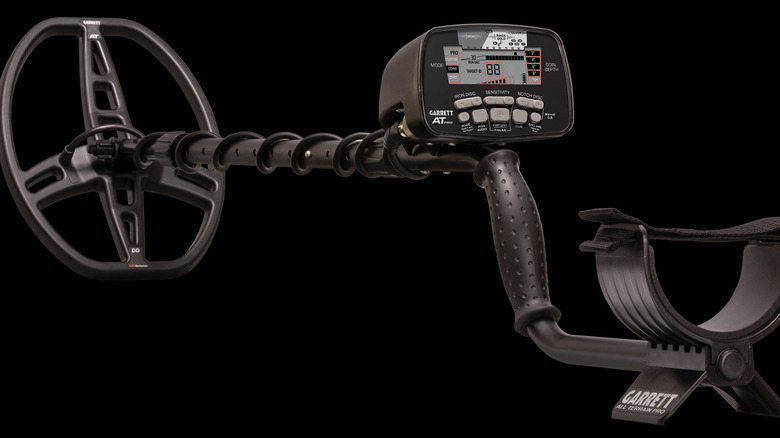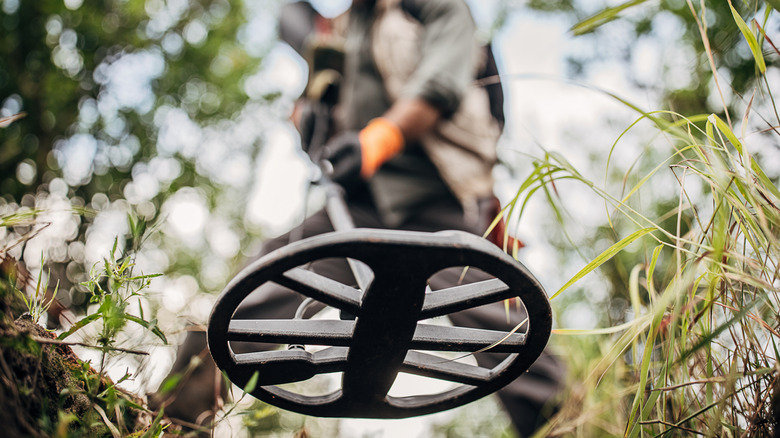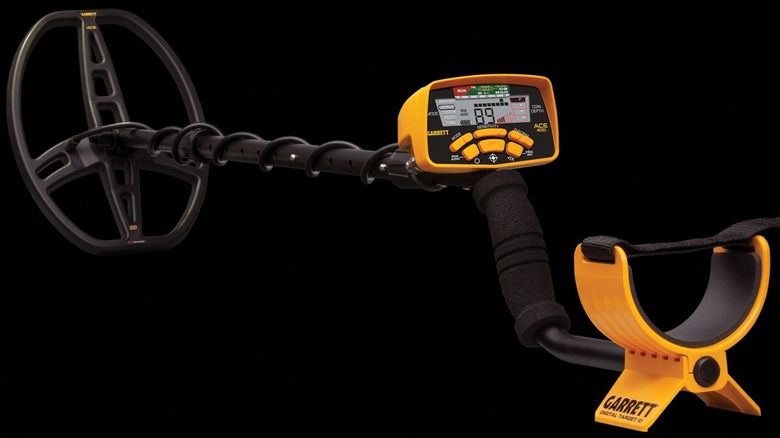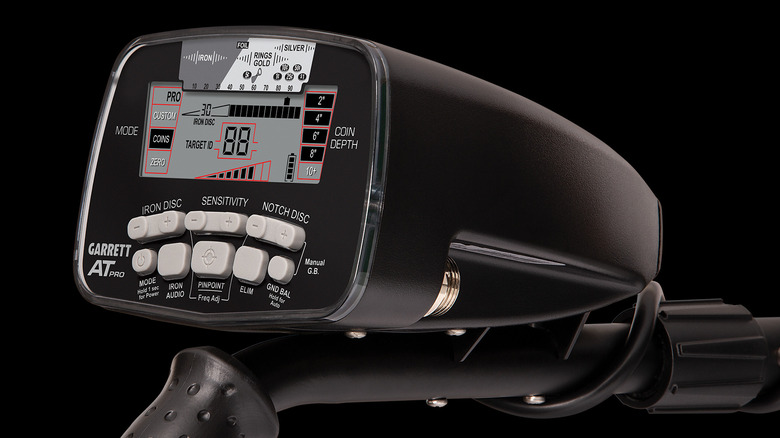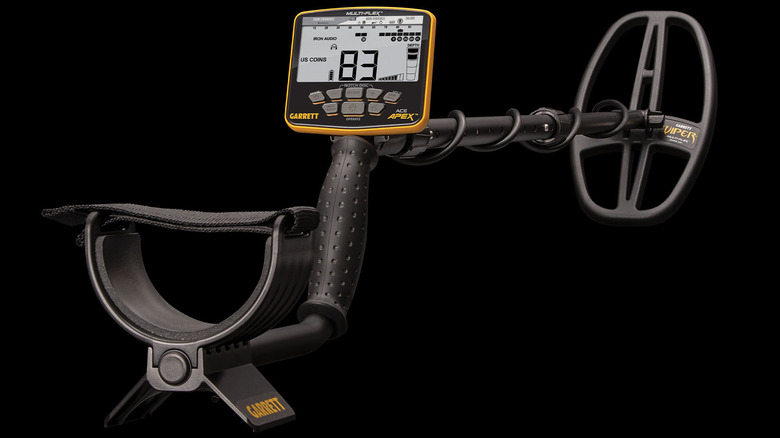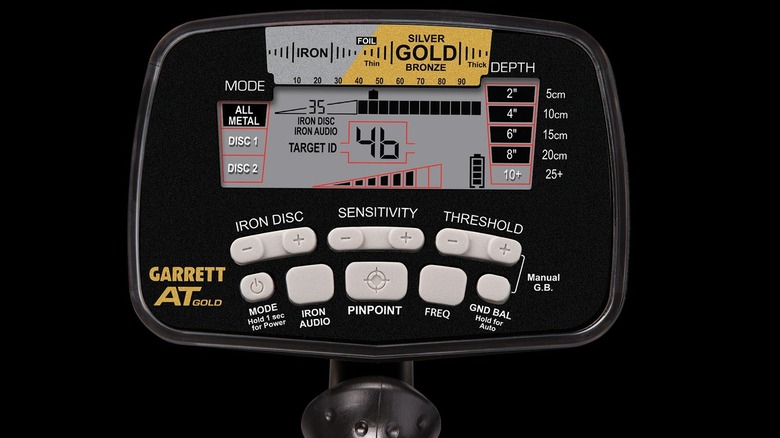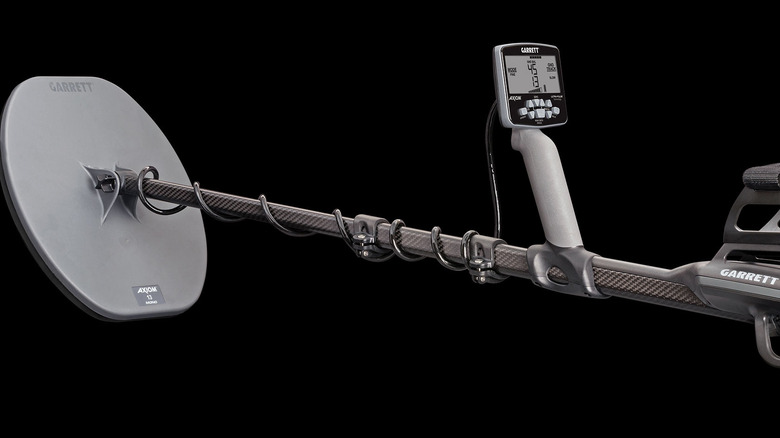Are Garrett Metal Detectors Any Good? Here's What Users Say
We may receive a commission on purchases made from links.
It's safe to say, metal detecting isn't a hobby that works for everyone. While some are out searching plowed fields for colonial relics, others are knee-deep in waves trying to find lost rings, with another handful chasing gold nuggets in quartz veins. This range reflects in the market, which offers everything from affordable metal detectors from brands like Harbor Freight to pro-level gear, some of which we'll look at below. And if you've been in this community long enough, then you must know of Garrett, a name that keeps coming up.
Even so, a valid question lingers: are Garrett metal detectors any good, or are they just riding on decades of brand popularity? Well, it depends on who you ask. Ask a gold prospector, and they may argue the AT Gold shines brighter in its narrow channel, whereas a beach hunter with years of swing time on an AT Pro may attest to its depth and reliability. Then there are critics who claim that Garrett likes to play it safe by leaning more on sturdy design and ease of use than on cutting-edge features. So, which is it?
We figured, rattling off specs isn't always enough, so we dug deep into user forums, buyer reviews, as well as what pros who've been deep in dirt and creek beds with these machines have to say. What follows is a fair assessment of Garrett's most renowned detectors, told through the voices of those who use them every day.
Methodology
Suffice it to say, specs are a starting point, but they don't quite tell the whole story. Want the actual truth? Go for the real hunts, and that's exactly what we did. We used four real-world sources to build this piece: established forums like Gold Prospectors Association of America (GPAA) and Detector Prospect, where users record years of swing time; verified buyer reviews on Amazon and Walmart for daily performance notes; field videos from reliable YouTubers that demonstrate falsing, conduct depth tests, and pretty much anything else in real conditions; and finally, expert articles that benchmark depth and separation. It's also worth mentioning that we tried to lean more on repeated reports than on isolated takes, in that if a quirk is reported by multiple field testers and dozens of buyers, we treated it as meaningful.
This isn't lab work, like what you'd imagine happens in a Tony Stark workshop. Rather, it's a synthesis of user hours, targeted test footage, long-forum threads, and expert opinions, all aimed at telling you what a Garrett does in the mud, sand, creek beds, and wherever else you like to go treasure hunting. Let's get right into it, shall we?
Garrett ACE Series (ACE 250, 300, 400)
The ACE 250 is often seen as the gateway drug of detecting, being the machine many newbies pull first. And that's not without good reason; it's light, easy to swing, approachable, and user-friendly — pretty much what you need when starting out. On metal detecting forums, newer members praise the ACE 250. An experienced user left his notes on Detector Prospector, saying, "There is nothing wrong with the ACE 250. It is a perfectly good entry-level detector for the occasional/casual user".
As for the ACE 300 and 400, these bring a few minor upgrades, such as improved ergonomics and VDI numbers, but user opinions are still divided. Redditors from a thread on the Garrett ACE Series sum it all up: "They are a really solid set of machines. I would ignore the poster above, they are the best entry level imho." Others don't quite see it that way, with some grumbling about subpar displays and front-heavy builds.
In the end, however, the Garrett ACE line excels in its simplicity and low entry price, not to mention the ubiquity of advice, which can be handy for starters. But if what you're after is more depth or advanced tech and features, you may need to upgrade by a few hundred dollars or perhaps switch to a different brand altogether.
Garrett AT Pro
The Garrett AT Pro has also built a name for itself in the metal detection and treasure hunting community, mainly for its versatility and reliability, which most users appear to attest to. One treasure hunter claims that his "hit my B.F. silver half at over 10 [inches] [...] but was very, very faint, yet the VDI read from 83-95, pretty accurate," in a Garrett AT Pro depth test thread. This seemed to align with other field reports, including a test by Advanced Metal Detecting Research Lab and reviews by seasoned prospectors in treasure forums, showing target IDs stay solid even below seven to nine inches and praising the detector's depth, user-friendliness, recovery speed, and overall performance compared to older Garrett models.
There are some who like the AT Pro for its comfort and practicality. According to DetectHistory, it has a solid build, frequency shift option, reasonable recovery speed, and a waterproof rating of up to 10 feet. Other users like The Detectorist praised its huge DD coil, simple controls, VDI target numbers, and ground balance feature. Still, some users under the same post did bring up some minor quirks with the AT Pro, like a lack of dash backlighting and not being so good around salt water, which includes beaches.
Forum wisdom from TreasureNet.com puts it all quite well: "Learn and hunt in Pro mode. It is deeper than Standard mode. [...] The larger the coil, the deeper it goes [...] Swing too fast, you'll come last."
Garrett Apex
The Garrett ACE Apex's listing on Amazon highlights features such as Z-Lynk wireless audio (which, according to Garrett, is six times faster than Bluetooth), Iron Volume control, Multi-Flex frequency (5 kHz up through 20 kHz plus other multi modes), and even some pack-in headphones. Additionally, it mentions a 6x11 DD coil that covers both depth and separation, as well as a built-in battery big enough to power a 15-hour treasure hunt.
It's not all smoke and mirrors, as most buyers seem to value those specs in real life. Noting "mixed reviews" since this metal detector rolled out, Treasure Outdoors, in a treasure hunting YouTube video with the Garrett ACE Apex, claims that it manages trashy fields and deep coin signals rather well and acknowledges that it "does a better job than older ACE models", at least in many fields. Unlike the AT Pro, the Apex comes with a backlit LED screen, which expert reviewers like Metal Detecting in the USA claim to like. Also, it's usable around water, including salt water. That means better accuracy in your beach escapades.
But Apex is not immune to criticism, and not just from hobbyists. In another YouTube video titled "Big Fat Reason Why You Shouldn't Buy A Garrett Apex," the host cautions that "It's good for metal detecting coins, but it's garbage for relic hunting." However, Apex remains a solid mid-upgrade if you're switching from older ACEs. But if brutal grounds are more of your thing, it won't always keep up.
Garrett AT Gold
From its official descriptions on Amazon and on the Garrett website, the AT Gold has great features — a high frequency (18 kHz), Ground Balance Window, True Metal mode for depth and sensitivity, and much more. We did catch a frequent line from various customer reviews, and that's the AT Gold's precision for small gold nuggets, jewelry, coins, and relics. "By being able to set a threshold (AT PRO does not have this option) [...] it's able to detect very small targets (i.e., the typical small nugget) that can be missed in VLF mode. That is what makes it more suited for gold prospecting over the AT PRO," says an elite member of the Friendly Metal Detecting Forum in a thread comparing the AT Gold to the AT Pro.
User experiences in prospecting circles aren't any different. One relic hunter writes in Detector Prospector: "The Gold [...] discriminated the bottle caps very well [...] hit the gold with gusto. I have my record of 6 gold in a day." Users of the GPAA forum report receiving micro-nuggets and flake signals after using the Ground Balance Window around black sand edges.
But just like other Garrett metal detectors, the AT Gold has its share of criticism, including the lack of backlighting and finding it difficult to ignore junk in challenging ground, particularly one with high mineralization. Also, according to Kellyco Metal Detectors, "saltwater use is not recommended for this detector."
Garrett Axiom
Let's talk about the Axiom, which we can describe as Garrett's bold step into PI (pulse induction), and the feedback is nothing short of electric. One field tester on Detector Prospector says: "This detector is flat out one of the best designed metal detectors that I have ever had the pleasure of using [...] easy and enjoyable to hunt with [...] a powerhouse saltwater beach detector." He then goes ahead and tests the device on beach areas and mineralized deserts, in which case it held its own pretty well.
Another tester on GPAA thoroughly examines the Normal, Fine, and Large modes as well as features like Terra-Scan and Iron Check. His findings were that the Axiom flexes through modes to suppress hot rocks and hits targets as small as 3-grain gold in tough grounds, which is quite impressive, to say the least.
From these tests, it's undeniable that the Axiom is excellent in matters of relic or beach hunting. And not just that, it's one of the lightest high-end gold detectors in its class at only 4.2 lbs with an 11-inch coil, all thanks to a carbon fiber frame. All things considered, the Axiom delivers on a rare trifecta — comfort, power, and depth — which even close rivals like the Minelab SDC 2300 simply don't deliver. One early owner summed it up quite well on Rob's Detectors: "I ended the trip with 4 nuggets [...] it's priced right, performs well, very lightweight [...] super easy to use. "
